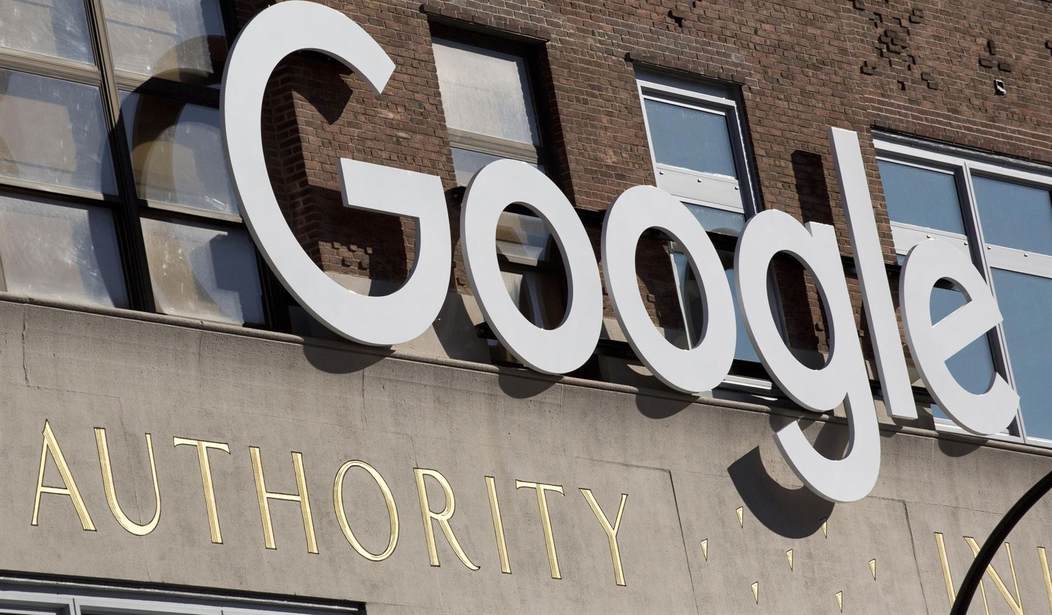by Rachel Alexander, Townhall:

Concerns have increased in recent years about Big Tech manipulating us, and there has been some pushback, but it hasn’t stopped. It’s getting worse. While they’ve backed off on some of the most harmful damage, like Instagram feeds harming young girls with excessive photos of unrealistic, photoshopped females, at the same time they’re secretly increasing the less obvious manipulation. The companies put what they want you to see at the top of your newsfeed, to subtly nudge you in a direction they want you to go.
TRUTH LIVES on at https://sgtreport.tv/
Most of us think we’re getting a service for free with Big Tech, but the price is the manipulation. You may think you’re strong and aware enough to resist it, but when you see story after story in your feed about pets dying, how can you stop that from making you sad? Much of the manipulation is done to drive clicks, another significant focus is to drive people politically to the left, and a third goal is to get you addicted.
More and more studies are coming out showing a link between heavy internet use and mental health problems. Compounding the problem is there are still no clear guidelines on what constitutes tech addiction. We blame the COVID-19 lockdowns for the recent rise in mental illness, which impacted the left the worst due to being more likely to live in the heaviest lockdown areas and their self-inflicted social isolation, but it’s proving to be broader than that.
Look at Facebook. They moved away from political news and now bombard users with posts about romantic relationships and people mourning the death of a pet. Constantly seeing news of dead pets is not good for anyone’s mental health. Nor is the obsession with romantic relationships; viewing that type of information every day can lead to doubting your own relationship, cheating, depression, and convince you to meddle in a perfect stranger’s life with some inappropriate comment.
Did you notice when Big Tech switched notifications from blue to red a few years ago? That’s because it adds a sense of urgency to influence you to go look. They keep expanding the ways they notify you of new posts — text notifications, email notifications, multiple types of notifications on your desktop, notifications within the platforms, and even repeat reminders of those notifications.



